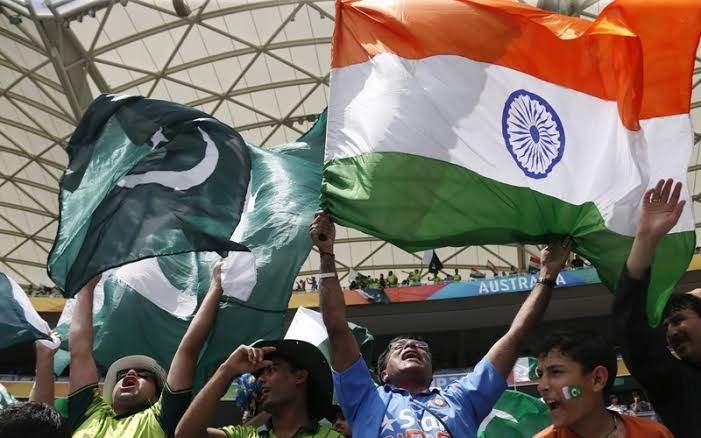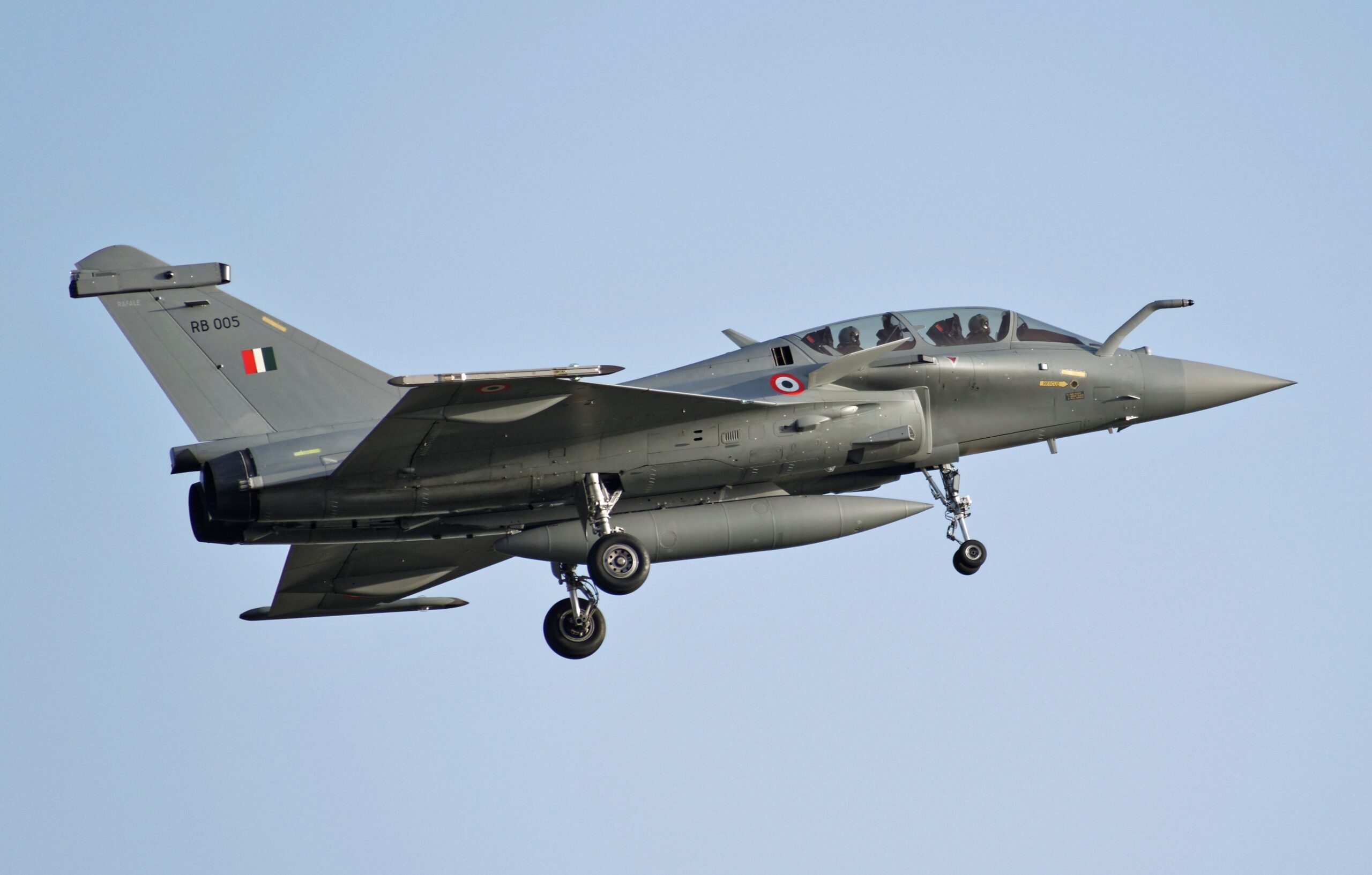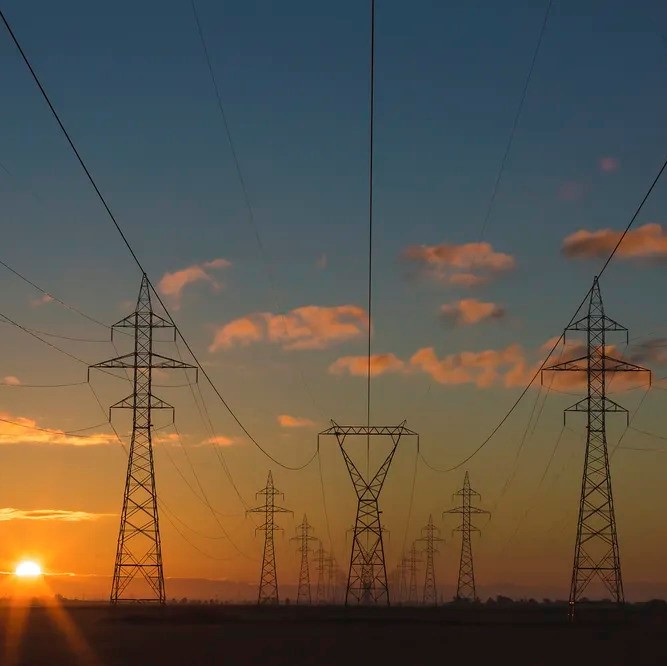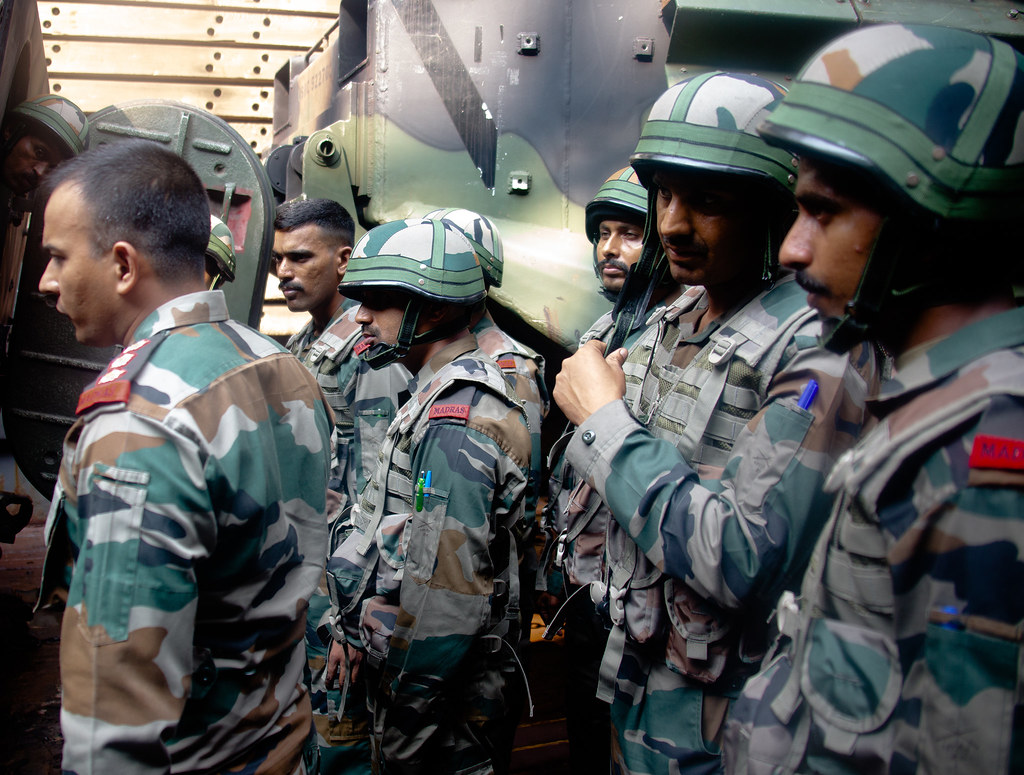Eid-ul-Fitr is one of the most anticipated celebrations for Muslims worldwide—a time when communities come together to mark the end of Ramadan with joy, gratitude, and reflection. As the holy month of fasting concludes, families eagerly await this festival of renewal and unity. In 2025, Eid-ul-Fitr is expected to be observed on either March 31 or April 1, depending on local moon sightings, marking the beginning of Shawwal, the tenth month of the Islamic lunar calendar.
Determining the Date: Lunar Calculations and Regional Differences
Unlike the Gregorian calendar, the Islamic calendar is based on the phases of the moon. This means that the exact date of Eid-ul-Fitr cannot be predetermined far in advance but is instead confirmed by the sighting of the new crescent moon on the 29th night of Ramadan. If the moon is visible, Eid is celebrated the following day; if not, the month of fasting is extended to 30 days, and Eid falls on the subsequent day. For 2025, many scholars and religious authorities expect the crescent to be sighted on the night of March 30, leading some regions to observe Eid on March 31, while others may celebrate it on April 1. This method of dating means that searches like “Eid-ul-Fitr 2025” or “when is Eid 2025” continue to generate curiosity and conversation as the month of Ramadan unfolds.
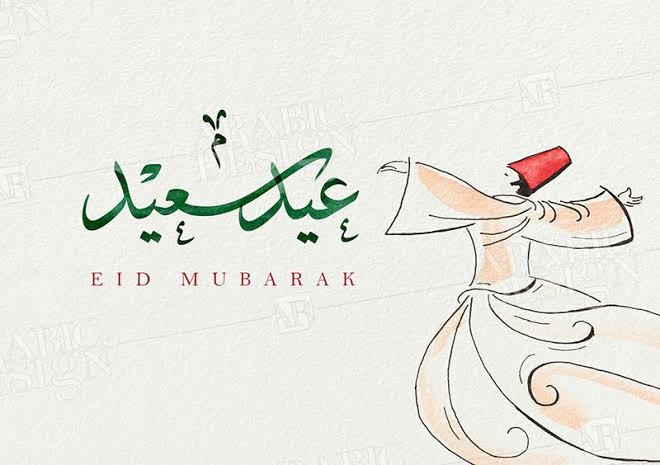
A Historical Glimpse: Origins and Early Traditions
The roots of Eid-ul-Fitr stretch back to the formative years of Islam. It is believed that after completing the first Ramadan, Prophet Muhammad (peace be upon him) established Eid-ul-Fitr as a day of thanksgiving and community bonding. This new celebration emerged in Medina around 622 CE, transforming pre-Islamic customs into a unified event dedicated to expressing gratitude to Allah for the strength and perseverance shown during the month of fasting.
Historically, Eid-ul-Fitr was not merely a day for feasting; it was a time to reflect on one’s spiritual journey and to share blessings with others. Early Muslim communities set aside this day for a special congregational prayer, now known as Salat al-Eid, which was followed by acts of charity and social gatherings. The tradition of giving Zakat al-Fitr, a specific form of charity meant to purify the fast, was introduced to ensure that even the less fortunate could partake in the celebrations. For many, this historical backdrop explains why Eid-ul-Fitr is so much more than a festive day—it is a reminder of the values of self-discipline, charity, and communal unity that lie at the heart of Islam.
The Deep Spiritual Meaning Behind Eid-ul-Fitr
Eid-ul-Fitr signifies the end of a month-long period of fasting, sacrifice, and spiritual reflection. It serves as a moment to celebrate personal growth and renewal. The rigorous discipline of Ramadan, where Muslims abstain from food, drink, and other physical needs from dawn to sunset, is meant to foster empathy for those in need and to strengthen one’s self-control. When the fast is broken on Eid, it is a joyous occasion that celebrates the triumph of the human spirit over physical limitations.

At the heart of the celebration is the special Eid prayer, which unites communities in worship and reinforces the bonds of brotherhood and sisterhood among Muslims. This prayer is often held in large open spaces or mosques and is followed by a sermon that reminds worshippers of the importance of gratitude, generosity, and social solidarity. The act of giving Zakat al-Fitr before the prayer further underscores the significance of sharing one’s blessings with others—a practice that resonates deeply in today’s interconnected world.

Modern Customs and Global Celebrations
Eid-ul-Fitr is celebrated with diverse customs that vary by region while maintaining the core principles of the festival. In many Middle Eastern countries and Gulf states, the day starts with early morning prayers in grand mosques, followed by lavish feasts featuring traditional dishes like mandi and harees. In South Asia, countries like India, Pakistan, and Bangladesh witness vibrant celebrations marked by family gatherings, the exchange of Eidi (gifts or money given to children), and the preparation of sweets such as sheer khurma and seviyan.
In Turkey, the festival is known as Şeker Bayramı (Sugar Feast), and families celebrate by making a variety of desserts and enjoying communal meals. Meanwhile, in Indonesia and Malaysia, the festival is a time for Mudik—a journey back to one’s hometown to reunite with family, reflecting the importance of family bonds and community. Despite these regional differences, the unifying theme remains: Eid-ul-Fitr is a celebration of life, gratitude, and the renewal of faith.
Experiencing Eid-ul-Fitr: When and Where to Celebrate in 2025
For those planning to celebrate Eid-ul-Fitr in 2025, the festival will be observed either on March 31 or April 1, subject to the local moon sighting. Communities across the globe will mark this occasion with special prayers, family feasts, and cultural events that highlight both the historical and modern aspects of the celebration.
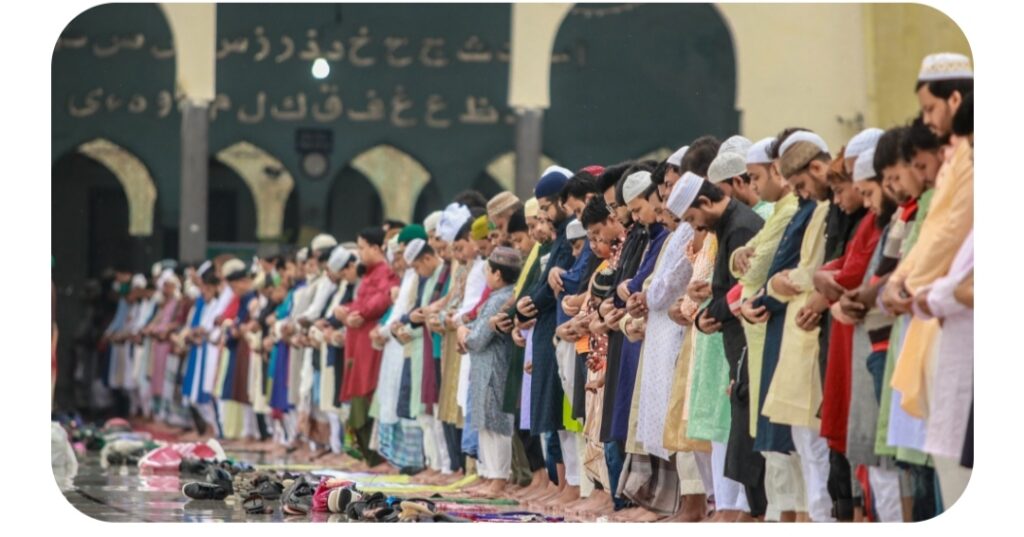
Mosques and community centers will host large congregational prayers, which are the centerpiece of the day’s activities. Many cities also organize fairs, cultural shows, and public events that allow people to enjoy the festive spirit of Eid. Additionally, for those unable to attend in person, many communities offer virtual events and live broadcasts of Eid prayers and celebrations, ensuring that everyone can participate regardless of their location.
For anyone curious about “Eid date 2025” or “Islamic calendar Eid,” these events serve as both a spiritual and cultural immersion into a tradition that has been cherished for centuries. The blend of prayer, charity, and festive celebration makes Eid-ul-Fitr a day of profound personal and communal significance.

Preparing for Eid: A Blend of Spiritual and Practical Steps
In anticipation of Eid-ul-Fitr, many Muslims engage in a period of preparation that is both spiritual and practical. The last ten days of Ramadan are often marked by increased prayer, Qur’an recitation, and reflection, as believers seek to purify their hearts and minds before the joyous celebration. This period is also a time to seek Laylatul Qadr, the Night of Power, which is believed to be a time when prayers are especially potent.
On a practical level, families begin to prepare for Eid by cleaning and decorating their homes, shopping for new clothes, and planning festive meals. Many also set aside time to make charitable donations, ensuring that Zakat al-Fitr is fulfilled so that the blessings of Eid can be shared with the less fortunate. These preparations, whether spiritual or material, contribute to the overall sense of renewal and anticipation that defines the festival.

The Enduring Legacy of Eid-ul-Fitr
What makes Eid-ul-Fitr truly special is its timeless appeal—a blend of historical tradition, spiritual depth, and communal celebration that has withstood the test of time. Despite the rapid changes in our modern world, the values embodied by Eid-ul-Fitr remain constant. The festival is a powerful reminder of the importance of gratitude, community, and compassion. It teaches us that no matter how challenging life may be, there is always hope, renewal, and a reason to come together in celebration.

For many, the annual observance of Eid-ul-Fitr is more than a religious obligation—it is a moment to pause and reflect on the blessings in one’s life, to share joy with family and friends, and to extend a helping hand to those in need. This universal message of hope and unity continues to inspire millions of Muslims around the world, making Eid-ul-Fitr not just a day of celebration, but a beacon of peace and togetherness.
Conclusion: Embracing a Day of Renewal and Joy
As we approach Eid-ul-Fitr 2025, whether on March 31 or April 1, the spirit of the festival promises to bring communities together in a celebration of faith, gratitude, and new beginnings. The historical legacy of the holiday, rooted in the early days of Islam, continues to shape the way Muslims observe this special day. Through congregational prayers, acts of charity, festive meals, and cultural celebrations, Eid-ul-Fitr remains a powerful testament to the enduring values of Islam.
For those looking up “Eid-ul-Fitr 2025,” “when is Eid 2025,” “Eid significance,” or “Islamic calendar Eid” online, the answer lies in a tradition that has transcended time—a celebration that unites millions in a shared moment of renewal and hope. Whether you join the festivities in person or participate virtually, may this Eid bring peace, joy, and an abundance of blessings to all.
Eid Mubarak!

